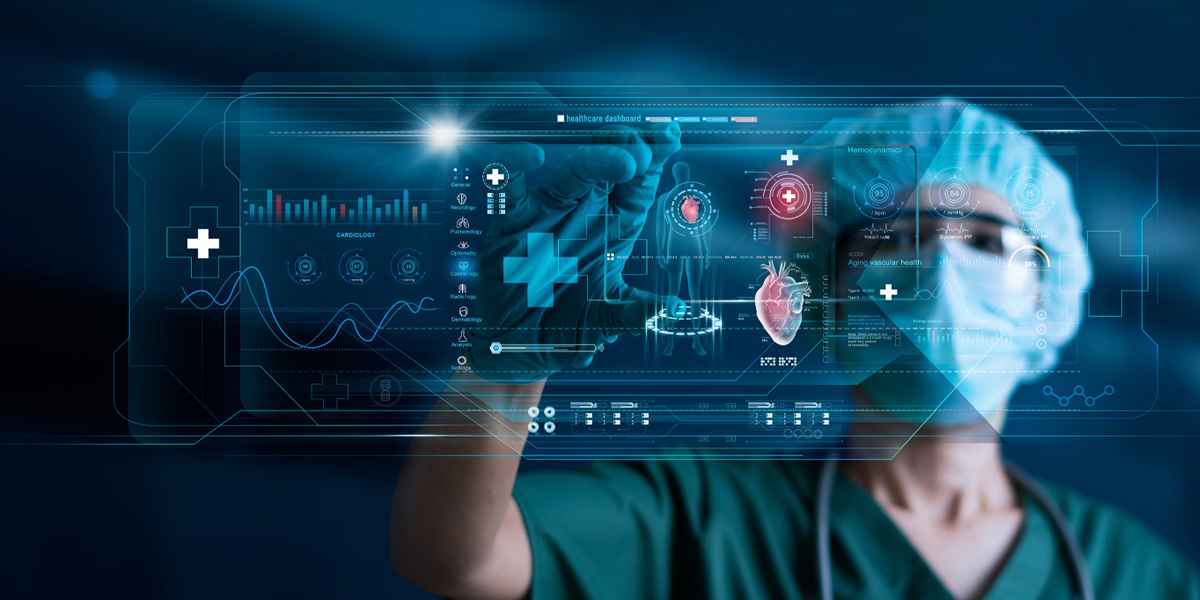ISO 13485
Benefits of ISO 13485 Implementation
When to Apply for Certification
An Overview of ISO 13485 Requirements
Introduction
ISO 13485 is an international standard for implementing quality management system in companies producing medical and surgical devices. The implementation of this standard to ensure the product safety and effectiveness is so important that the EU Regulations on Quality Assurance of Medical Devices, Diagnostic Devices (IVD) and Active Implantable Medical Devices (AIMD) are all harmonized with this standard. In addition, countries like Japan, Canada and the United States that are pioneers in the regulatory legislation, follow ISO 13485.
Therefore, implementing ISO 13485 helps organizations to comply with the requirements of an international quality management requirements for medical device value chain.
Benefits of ISO 13485 Implementation
By implementing ISO 13485 and a process approach, organizations ensure that numerous processes are standardized and managed effectively through identification of process needs and desired outcomes. Some of the benefits of this management system are as below:
- Improvement of overall performance of the organization
- Removing unreliability and production of safer and more efficient medical devices
- Identification of risk areas and potential nonconformities
- Increase of marketing opportunities
- Increase of productivity
- Decrease of costs and supervision on performance of supply chain
- Compliance with requirements and customer expectations
- Increase of customer and regulatory authorities trust to product compliance
When to Apply for Certification
Organizations interested in ISO 13485 standard certification should prepare the documentation structure in accordance with the requirements of the standard and provide adequate and appropriate evidence of the implementation of these requirements.
Since in certification contract, a specific period of time is defined for conducting the third party audit at the organization’s site, the organization has to ensure the availability of the followings as a minimum:
- Scope of quality management system and related operational sites
- Process map, interactions and sequence of business processes (implementation of a process approach)
- A documented quality manual
- A comprehensive Technical file for the interested medical device or the family of medical device showing its compliance with legal and regulatory requirements
- Required procedures and documentation as mentioned in ISO 9001
- Legal and regulatory requirements related to the medical device
- Internal audit and management review records
An Overview of ISO 13485 Requirements
ISO 13485 is based on the implementation of the PDCA methodology (Plan-Do-Check-Act). In addition, process approach is used to document and revise organizational structure, responsibilities and procedures required to achieve an efficient quality management system. Certain sections of the standard contain information on many titles, including:
- Quality Management System– it is required that the quality manual, technical file of the medical device, and procedures for documents and records control be provided.
- Management Responsibility– it is necessary that the management representative, quality policy, quality objectives and their achievement planning, responsibilities and authorities of the personnel, how the management reviews are conducted be defined.
- Resource Management– required means and resources for implementing and maintaining the quality management system including personnel training, suitable workplace environment, necessary infrastructures and contamination control shall be provided.
- Product Realization– required procedures for product realization processes such as communication with customers (sales, marketing and after sales processes), product design and development, procurement, manufacturing and service provision and calibration activities shall be provided and documented appropriately.
- Measurement, Analysis and Improvement- it is required that the performance of the quality management system, reporting to regulatory authorities, control of non-conforming products and complaints resolution be monitored and measured. Adequacy and suitability of the results shall be reviewed. It is essential that the continual improvement and finding opportunities for performance enhancement be always considered.
It is noteworthy that ISO 13485 is focused on the medical device compliance with legal and regulatory requirements and hence, providing the product technical file and issues like cleanliness of the workplace, validation of product sterilization, and sterile barrier systems are very crucial. Below is the list of documents that have to be included in the technical file:
- Technical information of the product including:
- Declaration of conformity
- Medical device description (name, registration number, risk class, UMDNS, product description, mechanical, electrical and other technical drawings, …)
- Table of product standards
- Checklist for basic requirements
- Bill of material (BOM)
- FPC/OPC
- Quality control instructions
- List of machinery and equipment
- Product design documents
- Verification and validation documents
- Risk management
- Procedures and work instructions
- and ….

